Source: ScienceMag.org
From a helicopter clattering over Greenland's interior on a bright July day, the ice sheet below tells a tale of disintegration. Long, roughly parallel cracks score the surface, formed by water and pressure; impossibly blue lakes of meltwater fill depressions; and veiny networks of azure streams meander west, flowing to the edge of the ice sheet and eventually out to sea.
The scientists flying over the world's largest thawing chunk of ice have selected a particularly auspicious summer to be studying the melt. The edges of Greenland's 1.7-million-km2 ice sheet regularly melt in summer, even in years when the ice sheet as a whole grows because of snowfall in its higher, colder center. But in 2016, the melting started early and spread inland fast. By April, 12% of the ice sheet's surface was melting; in an average year the melt doesn't reach 10% until June. And just before the scientists' journey, a violent river of meltwater, one of hundreds coursing out from the ice sheet, swept away a sensor, bolted to a bridge to measure the water's turbidity. It was the second time in 4 years such a device had fallen victim to the liquid fury of the glaciers. "I've been doing these trips for years, but I've never seen so much water," the helicopter pilot told the researchers.
In Greenland, the great melt is on. The decline of Greenland's ice sheet is a familiar story, but until recently, massive calving glaciers that carry ice from the interior and crumble into the sea got most of the attention. Between 2000 and 2008, such "dynamic" changes accounted for about as much mass loss as surface melting and shifts in snowfall. But the balance tipped dramatically between 2011 and 2014, when satellite data and modeling suggested that 70% of the annual 269 billion tons of snow and ice shed by Greenland was lost through surface melt, not calving. The accelerating surface melt has doubled Greenland's contribution to global sea level rise since 1992–2011, to 0.74 mm per year. "Nobody expected the ice sheet to lose so much mass so quickly," says geophysicist Isabella Velicogna of the University of California, Irvine. "Things are happening a lot faster than we expected."
It's urgent to figure out why, and how the melting might evolve in the future, because Greenland holds the equivalent of more than 7 m of sea level rise in its thick mantle of ice. Glaciologists were already fully occupied trying to track and forecast the surge in glacial calving. Now, they are striving to understand the complex feedbacks that are speeding up surface melting.
(Click description boxes for larger versions)
Although the Arctic is warming twice as fast as the rest of the world, high temperatures alone can't explain the precipitous erosion of Greenland's ice. Unseasonably warm summers appear to be abetted by microbes and algae that grow on the increasingly wet surface of the ice sheet, producing pigments that boost the ice's absorption of solar energy. Soot and dust that blow from lower latitudes and darken the ice also appear to be playing a role, as are changes in weather patterns that increasingly steer warm, moist air over the vulnerable ice.
To track this complex set of factors, scientists have enlisted satellite instruments: imagers to monitor the color and reflectivity, or albedo, of the ice and altimeters to measure its erosion millimeter by millimeter. They are also organizing expeditions like this one, called Black and Bloom, which has enlisted experts in algae (the Bloom) and soot (the Black), some of whom have never before worked in the Arctic. By inspecting the changing ice sheet close up, they hope to understand how biological and physical processes are conspiring to destroy it. As team leader Martyn Tranter, a biogeochemist at the University of Bristol in the United Kingdom, explains, "We're driven by curiosity, but also the fear that all this new biology may accelerate global sea level rise."
An hour after taking off from an airstrip about 90 km from the western edge of the ice sheet, the helicopter lands on flat, dry, crunchy snow. The brightness is dazzling, making sunglasses a necessity. But when Joe Cook of the University of Sheffield in the United Kingdom takes light readings with a sensor connected to a mini-laptop, they show the snow isn't quite as white as it looks. It is absorbing a bit of the visible light it would otherwise reflect, and the absorption is greater in invisible infrared wavelengths. Cook explains that the darkening is the result of a melt-induced feedback that polar scientists have long documented: Upon melting and refreezing, ice crystals lose their spiky shape and grow larger and rounder, which can reduce the reflectivity of the snow by as much as 10%. As absorption rises, so does temperature, accelerating the melt.

Finger-width cryoconite cones hold black microbial gunk that accelerates melting. Adam LeWinter
Their measurements complete, the team packs into the helicopter and flies west, back toward the ice's edge. At the second stop the winter snow is gone, and the exposed ice is bumpier and wetter than at the first stop. It is also increasingly dirty and dark. Satellite data show that the margins of the ice sheet have darkened by as much as 5% per decade since 2001. That's why we've come to this place, which some have dubbed a "dark ice" zone. Earlier sampling revealed several culprits. Dust trapped over the centuries has become concentrated at the melting edge of the ice sheet. Soot from European factories and Canadian wildfires, along with increasingly prevalent patches of bare ice, contribute as well.
Researchers have yet to quantify the relative contribution of each darkener, but a third player could be the biggest driver: a bloom of algae and bacteria. The surface of the ice here is pocked with holes just wide enough for a researcher's finger. Each is filled with crystal-clear meltwater, but a dollop of black sludge darkens the bottom. Much of the sludge—known as cryoconite—is living bacteria, as the Finnish-Swedish explorer Nils A. E. Nordenskiöld suggested nearly 150 years ago. It thrives thanks to another feedback effect: Solar energy captured by the dark cryoconite helps keeps the water from freezing and deepens the cone. It also creates a favorable environment for more bacteria to grow, fueling continued melt.
In 2010, microbiologist Marian Yallop of Bristol found more life on the ice margins: a thriving community of algae that extends beyond the cones. "To the amazement of everybody, we found this algae growing in this extreme cold, under high ultraviolet light conditions, tolerating regular freezethaw cycles," says Yallop, who is taking part in this year's expedition. The brown pigments that protect the plants from the sun stain and darken massive swaths of ice.

V. Altounian/Science
Three factors—early snow melting, 24-hour sun, and prodigious liquid water—are fueling this bloom, hypothesizes glaciologist Andrew Tedstone of Bristol. Tedstone's idea could explain why during the warm summers of 2010, 2012, and 2016 the surface of the dark ice zone darkened dramatically, whereas in the cooler summer of 2015, the color changed little. If he is right, yet another ice-destroying feedback could be at work: Melt leads to liquid water, which fosters plant and microbial life, which darkens the ice and drives yet more melt.
On the ice surface, the Black and Bloom team scoops up samples of the burgeoning ecosystem and sucks air into aerosol samplers. They hope to quantify the feedback effect and investigate the possibility that nutrients in wind-borne particles are helping nourish the growth of the algae.
At the third sampling stop, 80 km west of the first, the algae's power to melt ice is devastatingly evident. Not only has winter snow long vanished, but so have several meters of the underlying ice. What's left is a far cry from the Greenland that most people picture. "People think of the Greenland Ice Sheet as pretty pristine," says atmospheric scientist Jim McQuaid of the University of Leeds in the United Kingdom. But this scene is a mess: Cryoconite cones have coalesced into cruddy puddles and basins, while a robust river, a few meters across, gushes across the dirty icescape. The researchers eagerly scrape brownish snow into plastic bags. Later they'll analyze the samples for DNA and other markers to identify algae species as well as inorganic contaminants.
About 20 km from the final sampling station is an experimental plot that Black and Bloom researchers monitored for 5 weeks last summer. Their goal was to ground truth satellite measurements of the darkening, quantifying each of the darkening factors and their effects on melting. They called their study plot the "pixel" because, at 500 m across, it corresponded to the maximum resolution of a NASA satellite sensor that maps Greenland's color each day. The team used drone flights, regular sampling, and a series of reference poles to track how seven different microhabitats—among them streams, bare ice, and slush—were evolving in terms of albedo, cryoconite formation, and biological activity. Members of the team hope the results will eventually make it possible to use satellite data to infer local melting conditions across the entire ice sheet.
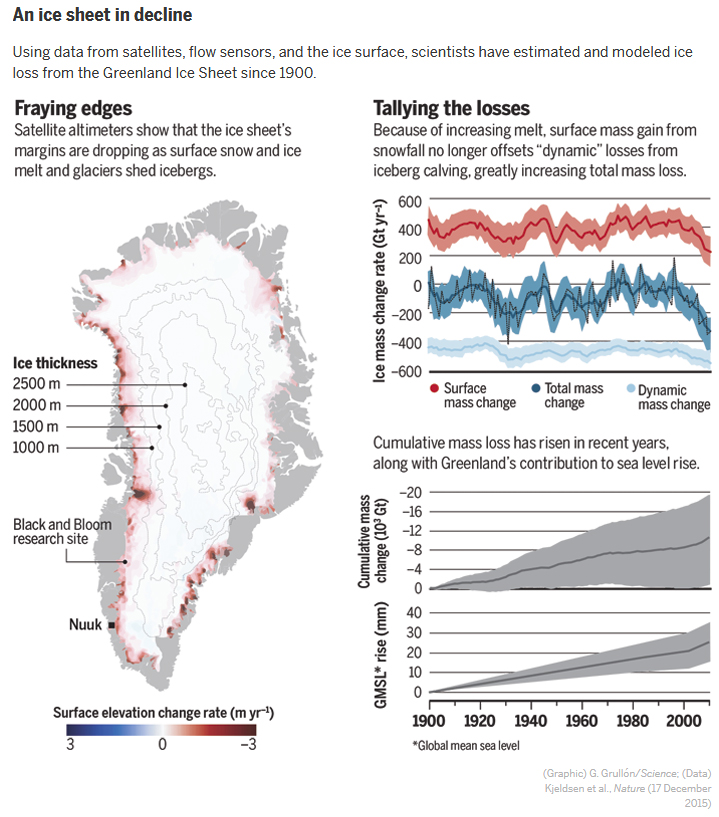
(Click picture for larger version)
Albedo isn't everything. 2012 was a whopper summer for melting on Greenland; by 12 July of that year, fully 98% of the ice sheet was covered in liquid water, according to satellite data. At one weather station, a layer of ice as much as a meter thick melted in 4 days. That brief episode and a subsequent 2-day melt contributed to 14% of the season's ice loss.
But a recently published modeling study of the 2012 melting showed it wasn't sun falling on darkened snow that drove the melt—in fact, the skies were pretty cloudy over much of the island during the two melting events. Instead, it was warm temperatures and rainfall, provided by big "blocking" high-pressure systems that kept the mild weather in place. As the Arctic warms, such melt episodes are likely to "occur much more frequently in the future," says Dirk van As of the Geological Survey of Denmark and Greenland in Copenhagen. Earlier this year, climate scientist Marco Tedesco of Columbia University published data supporting an earlier proposal that the retreat of Arctic sea ice has disrupted the polar jet stream, causing weather systems to meander more slowly from west to east.
The topography of the ice sheet also plays a role in the accelerating melt. Each increase in temperature drives the upper edge of the melt zone farther inland and higher up the ice sheet. But because the ice sheet is steep at its edges but flatter toward the middle, each successive degree of warming exposes a larger area of ice to melting than the last. This nonlinear response to warming means that about 60% more meltwater was released from the ice sheet over the past decade than would have been the case if the ice slope were uniform, scientists estimated in a recent paper.
Researchers hope to incorporate all of these factors into computer models of ice sheets, which still struggle to mimic how real ice sheets respond to climate change. In a recent comparison of four ice models, for example, the amount of meltwater they produced under current conditions varied by more than 40%. Forecasts of future ice sheet behavior appear even more uncertain: Under the same high–global warming scenario, eight ice sheet models predicted anywhere between 0 and 27 cm of sea level rise in 2100 from Greenland melt.
Better melt models would improve forecasts not only for Greenland, but also for the Antarctic Ice Sheet. It holds 10 times more water than Greenland, and for now is losing nearly all of its ice through glacier calving, not surface melting. But sooner or later the thaw will reach the bottom of the world.
In the meantime, the modelers working back in their cozy offices want to know more about the feedbacks driving Greenland's decline. One key question is how meltwater that drains to the base of the ice sheet affects the glaciers' march to the ocean, and the rate at which they shed icebergs. Researchers also wonder how meltwater flows unleashed in the spring affect summer runoff. Scientists have recently discovered that, during spring melt-and-freeze cycles, massive "ice lenses," as thick as 6 m, form just below the snow surface. Data from sensors in the snow suggest that the lenses block summer meltwater from percolating into deeper, older snow, known as firn. Instead, the meltwater is apparently getting trapped near the surface, amplifying summer flows. Next spring Tedesco will participate in a 150-km trek by snowmobile across southeast Greenland, in –30°C temperatures, to see how widespread the phenomenon is. "It's going to be pretty brutal, but there's no other way to get the data," he says.
Melting brings other challenges for field research, as Black and Bloom researchers discovered last year when they tracked their "pixel" of eroding ice. The researchers faced endless slush and puddles, and a weekly chore of moving their working and sleeping quarters as the ice disappeared around them, leaving the tents stranded on bizarre pedestals half a meter high. But they also felt a sense of wonder at the transformation of the icescape, McQuaid says. "Each evening we marveled as the sun went low, enjoying the fact that we were somewhere no one else had been, and would never be again, because of the melt."
Source: ScienceMag.org








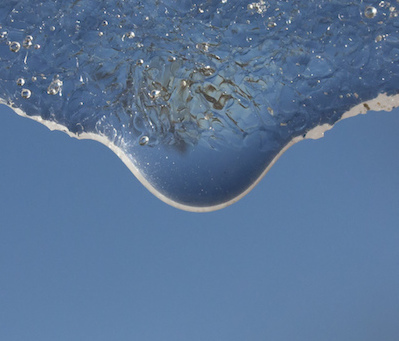

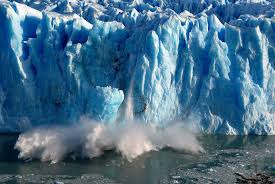
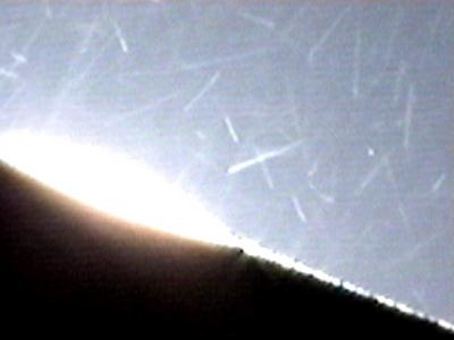

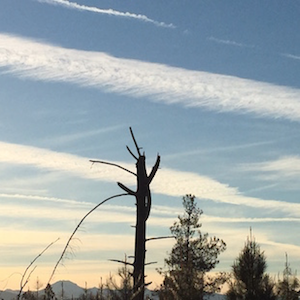

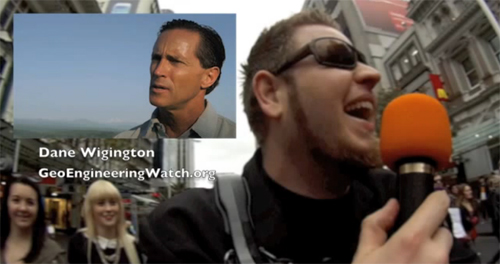



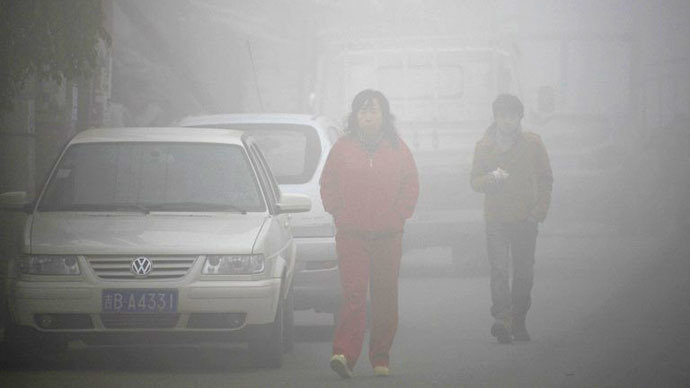

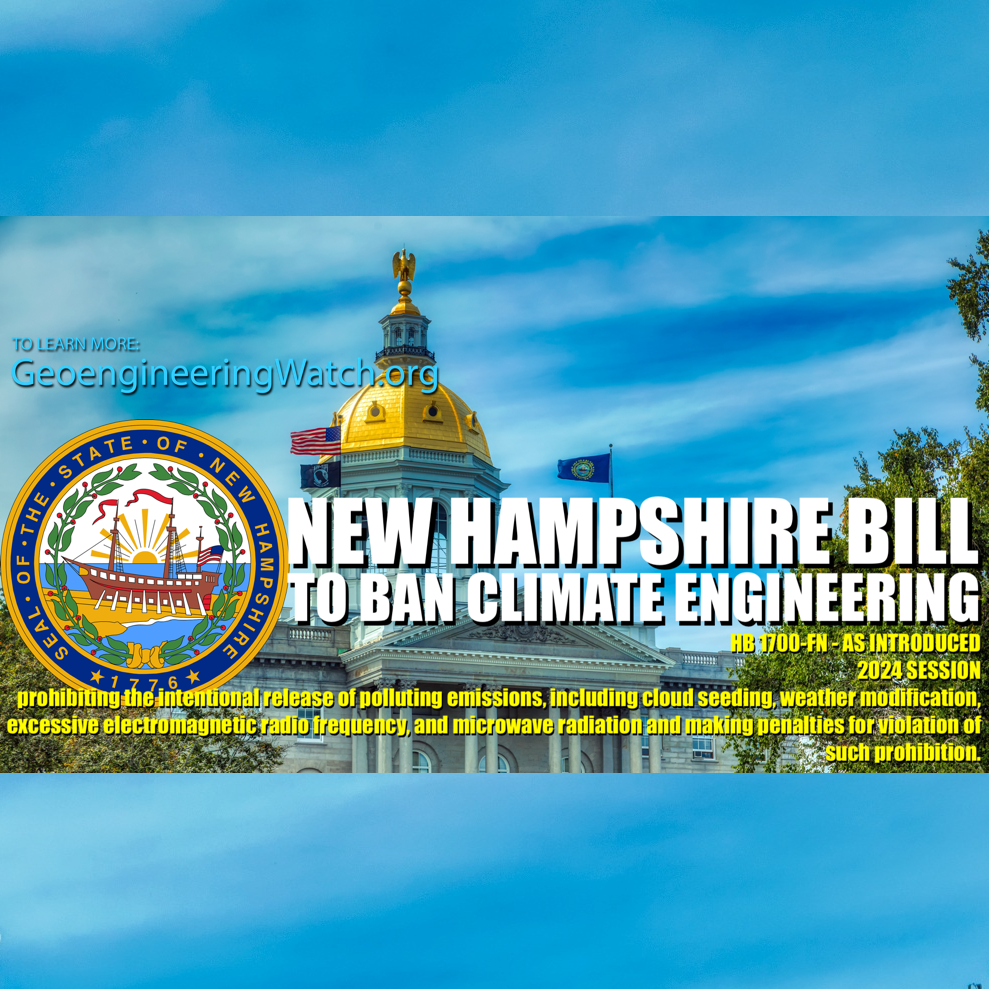

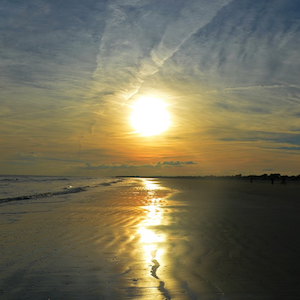
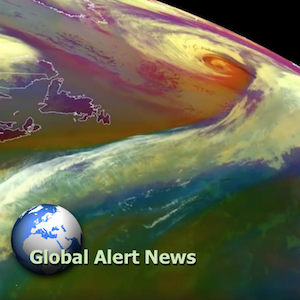
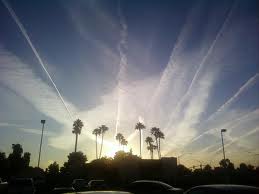
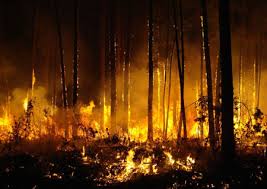
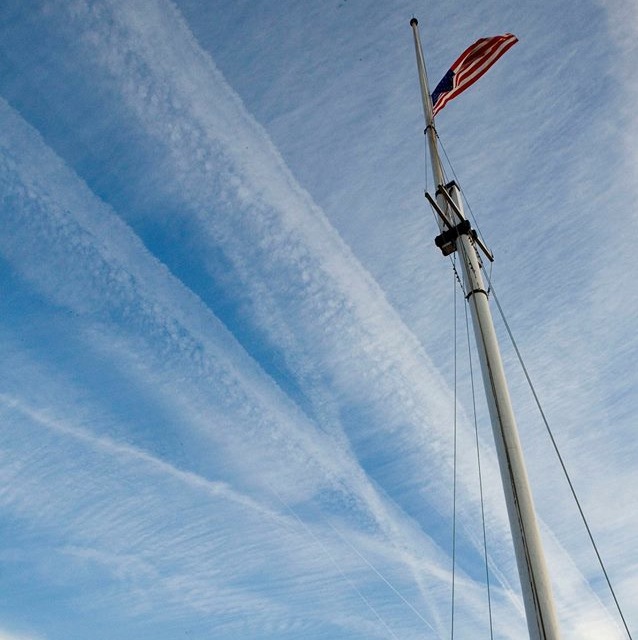
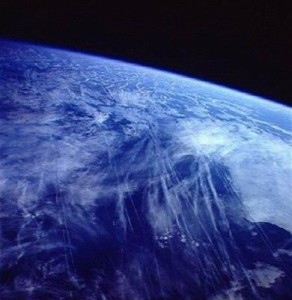
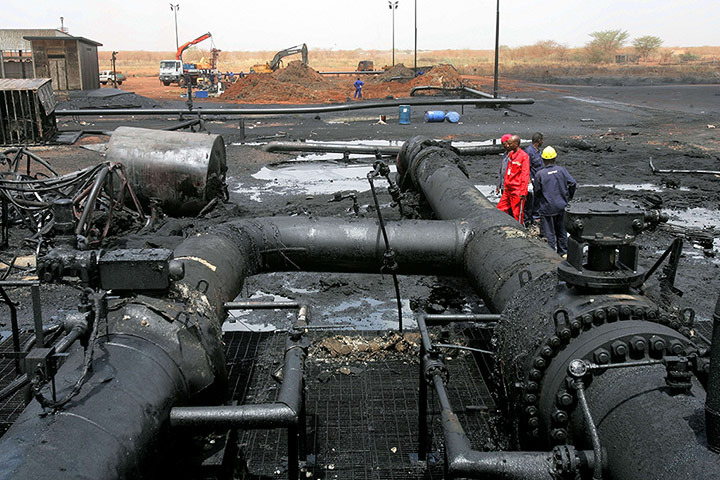
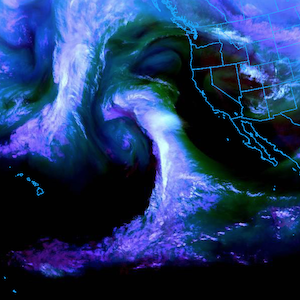




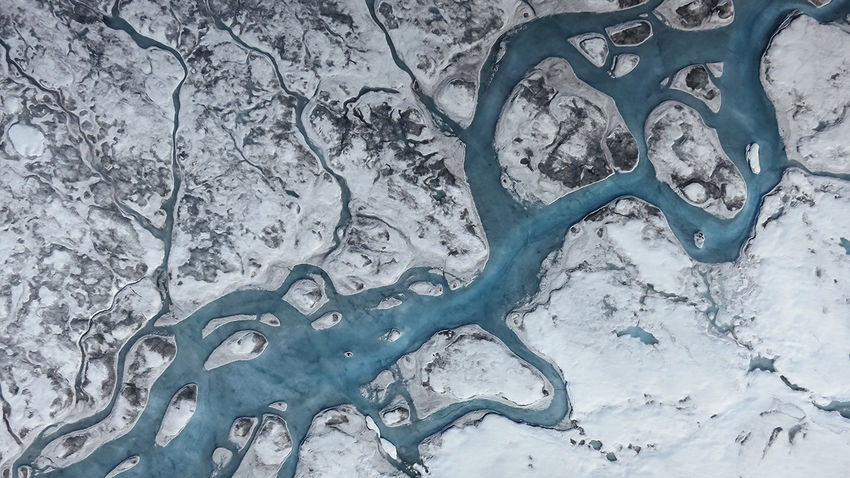

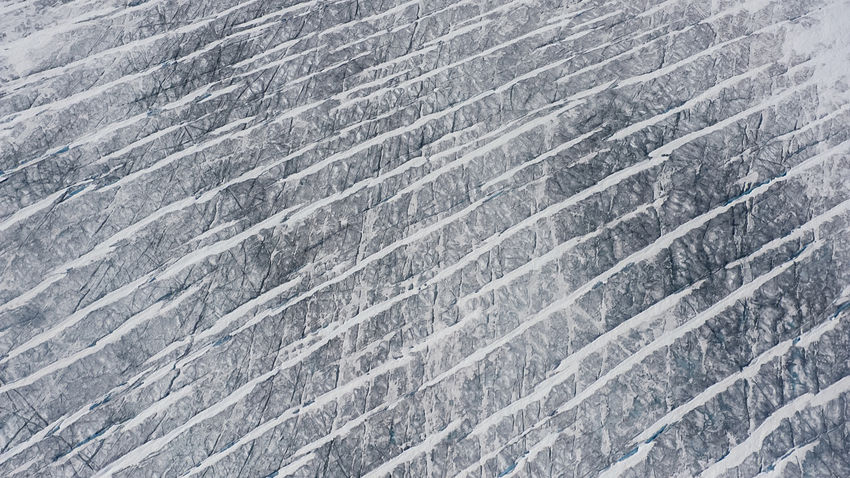

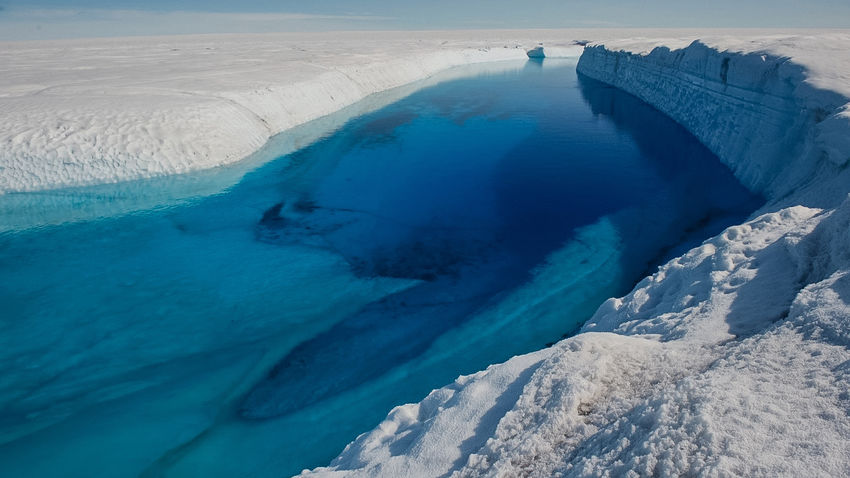

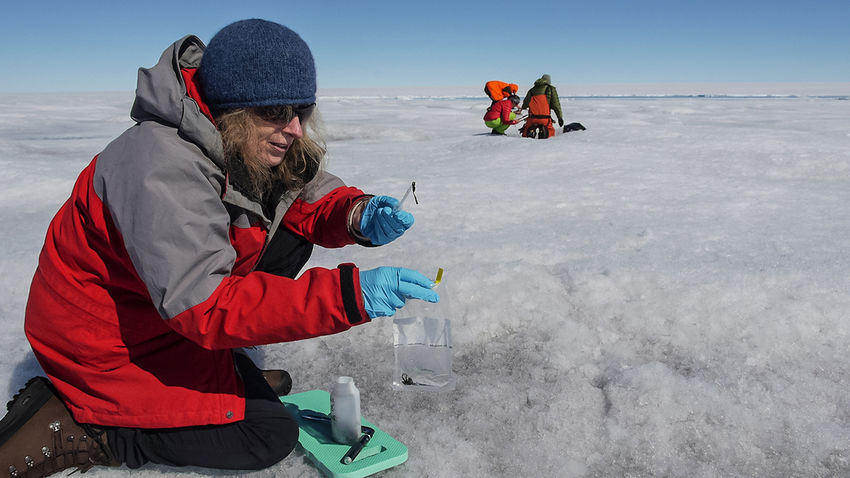

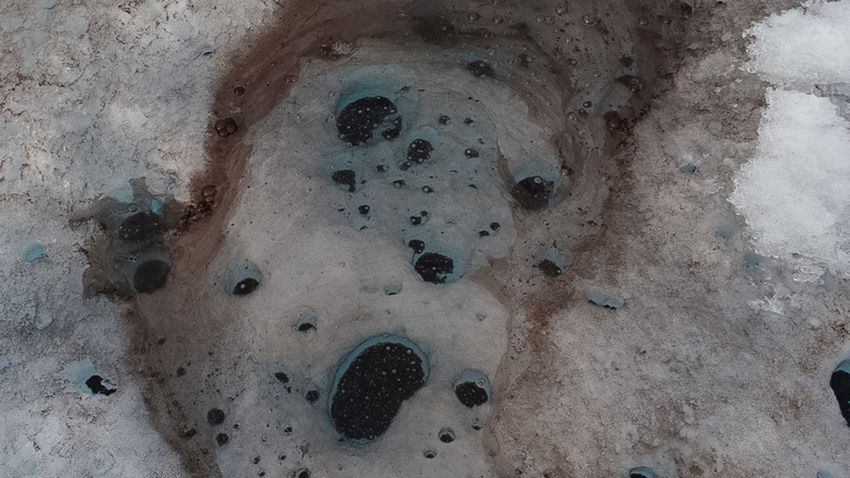

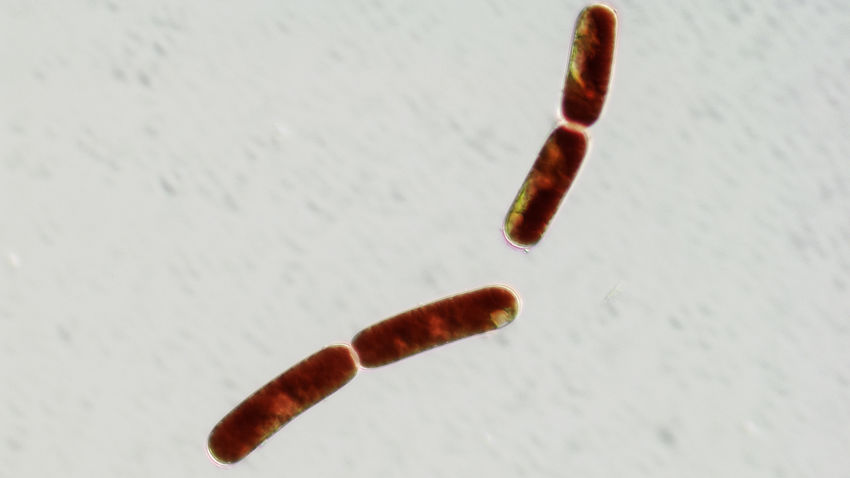










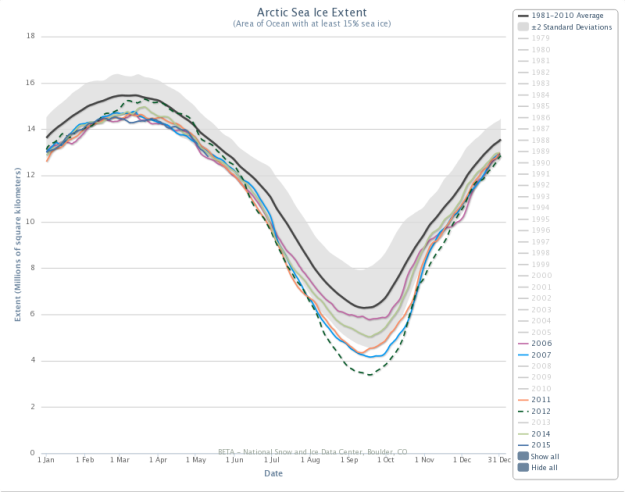


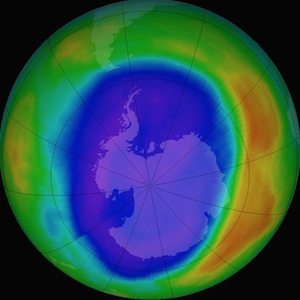
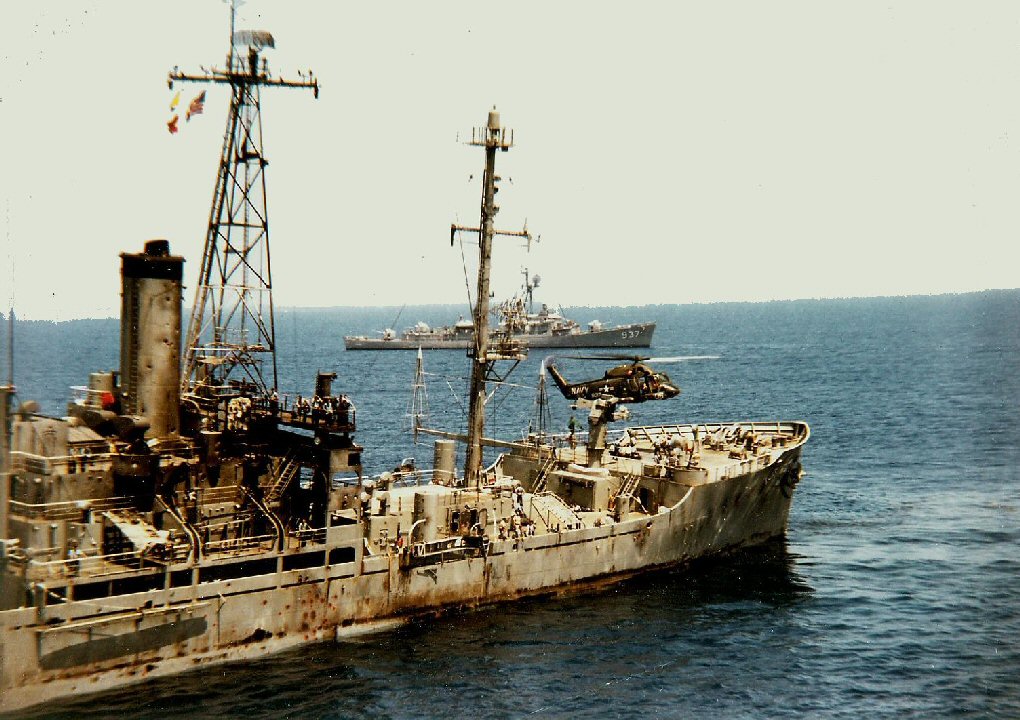
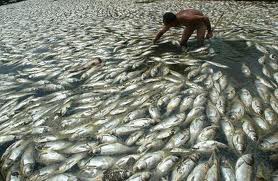

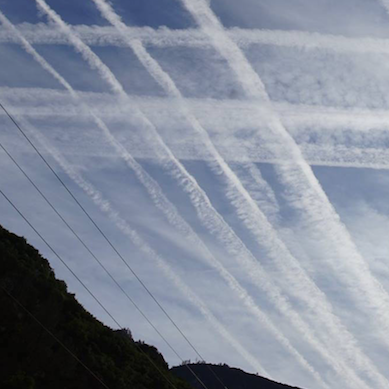


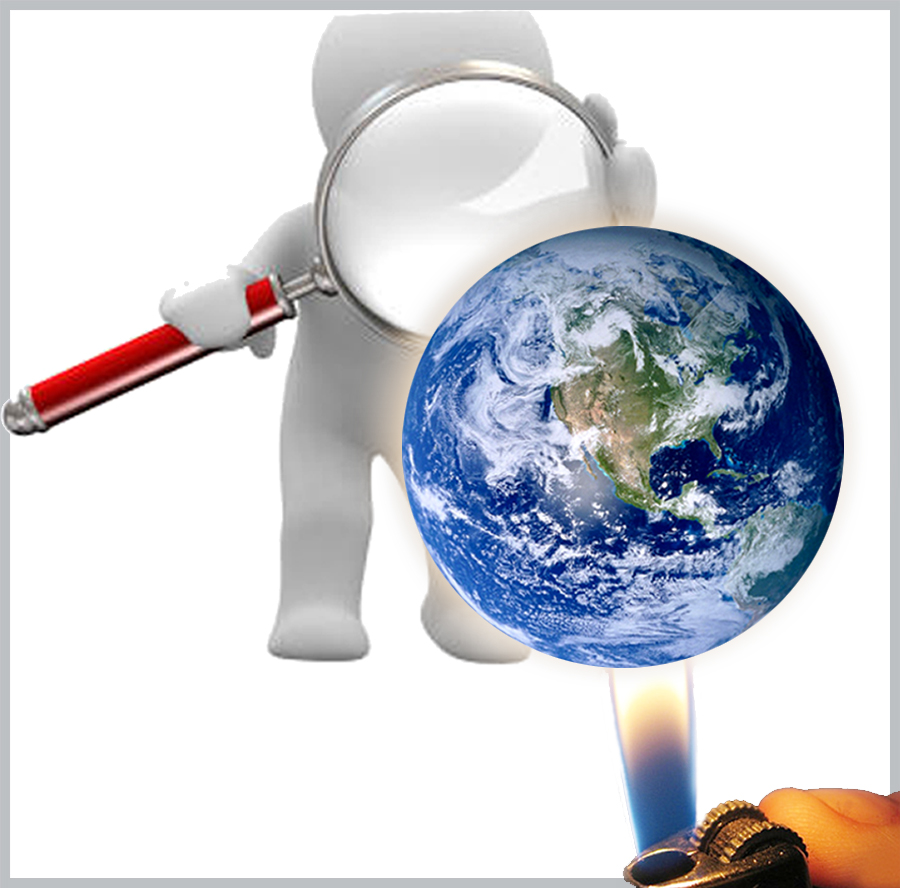
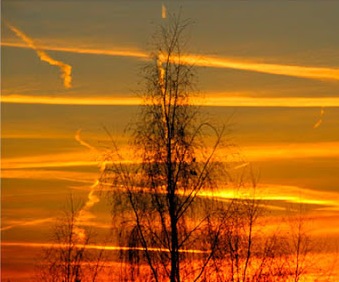
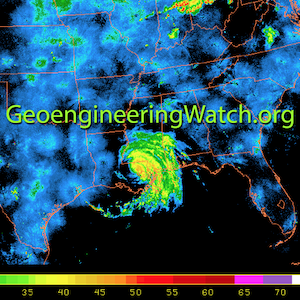
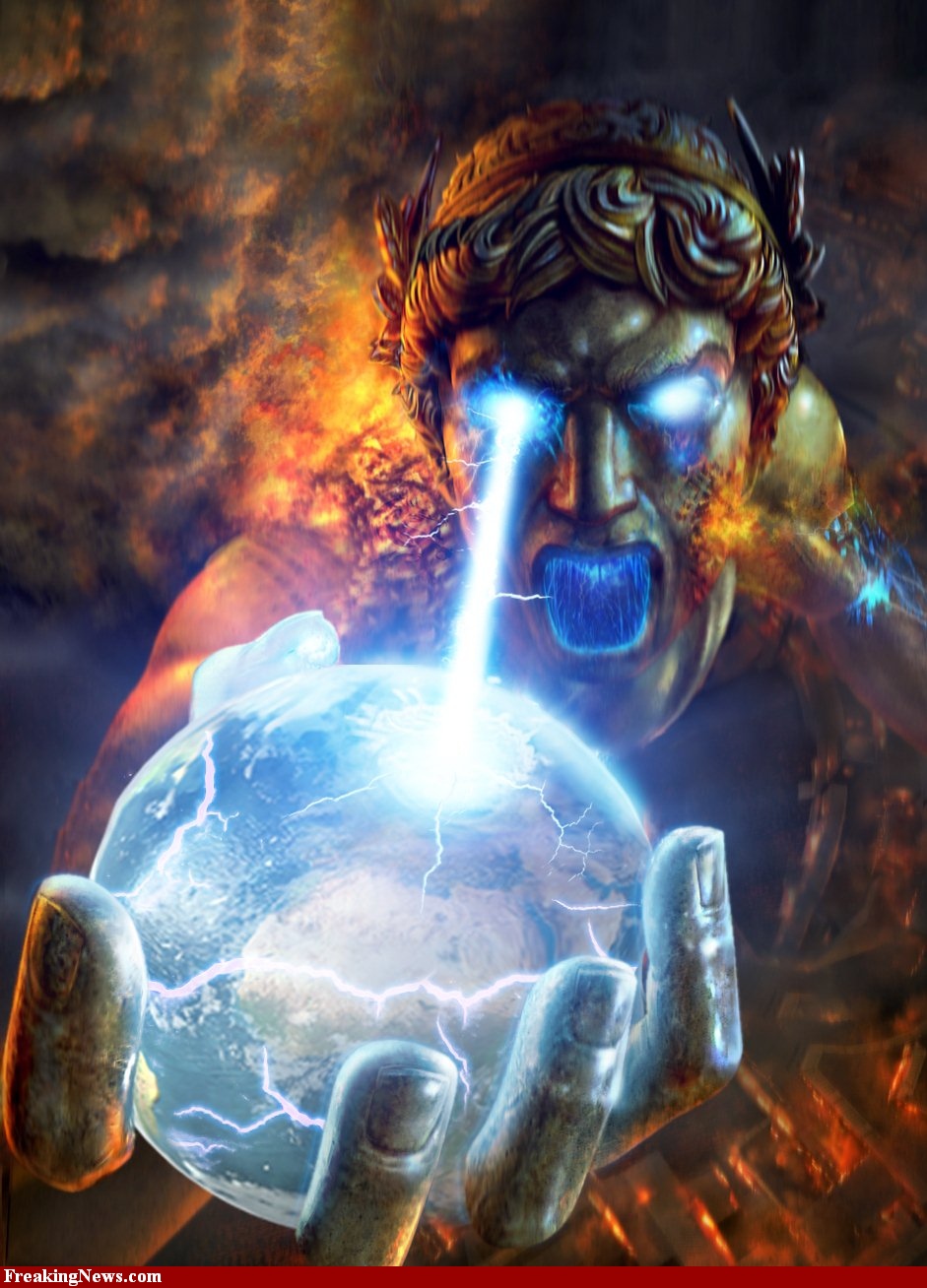

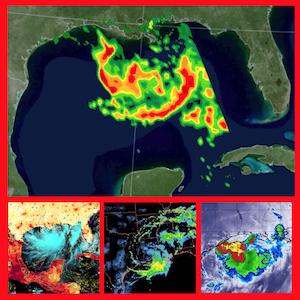

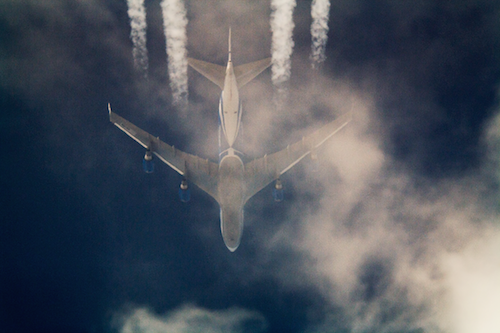
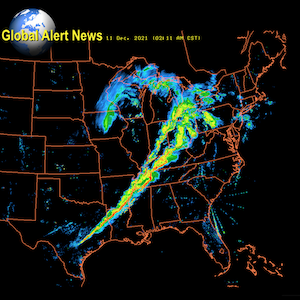
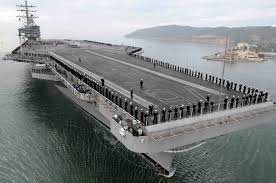



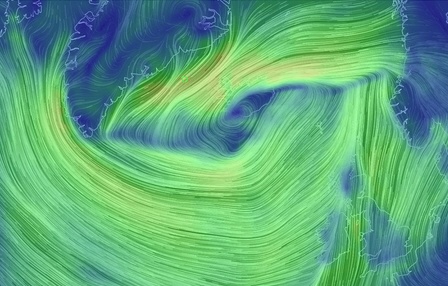

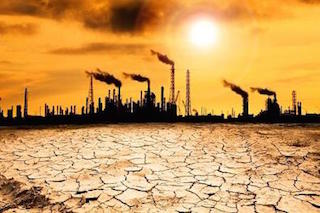
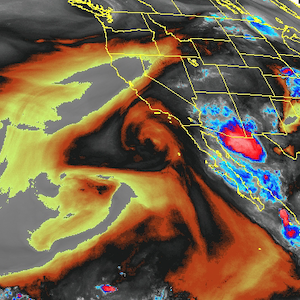
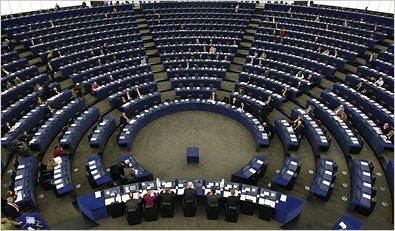

One Response
Late in reading this article. These findings are so disturbing. A layer of ice a meter thick at one of the weather stations melting in "Four Days"! In 2012!!! Oh My. Moving camps to stay safe from the thawing. So many affects from all the contributing factors. Soot from Canadian Wildfires & European Factories? The results are glaring to the damage being done to Greenland. How Very Sad.